The secret that every grandmother knows: why the mold with a hole in the middle makes cakes and puddings fluffier and more perfect

That iconic baking pan with a hole in the center — known in the U.S. as a Bundt pan or a tube pan — actually traces its roots back to Europe. It was inspired by traditional cakes like the Gugelhupf, a classic Austrian, German, and Hungarian cake with the same chimney-like center.
Find 7 recipes with bundt pan at the end off the article! ;-)
A clever solution for old ovens
The design wasn’t just aesthetic, it was practical. In older European ovens, heat often wasn’t evenly distributed. The center tube allowed heat to reach the middle of the batter, ensuring the cake baked evenly. Without it, the outer edges would burn before the center was fully cooked.
America: the bundt cake revolution
In the United States, the tube pan became a household essential in the mid-20th century thanks to the Bundt pan, popularized by Nordic Ware in the 1950s. What started as a nod to European baking traditions turned into a national phenomenon after the pan was featured in a Pillsbury Bake-Off contest in 1966.
Since then, the Bundt pan has been used for countless home-baked favorites, from lemon and chocolate cakes to marble cakes, pound cakes, and coffee cakes. Its distinctive shape became so beloved that “Bundt cake” is now a category of its own, often associated with nostalgia, bake sales, and family gatherings.
The Tube Pan’s Versatility
- Angel food cakes, which rely on the chimney shape for their airy texture
- Savory bakes like pull-apart breads or monkey bread
- Some molded desserts that need steady cooking in a water bath
The central hole distributes heat quickly, making these pans ideal for dense batters or recipes that need thorough, uniform baking.
Modern twists, classic shape
Today, you can find Bundt and tube pans in a wide range of materials: nonstick metal, silicone, and even elaborate decorative molds that create show-stopping cakes without complicated decorating. But the principle remains the same: that central tube ensures your bake is evenly cooked and beautifully shaped every time.
A timeless baking icon
From old European ovens to American kitchen cupboards, the pan with a hole in the middle has stood the test of time. Whether you’re baking a classic lemon Bundt for Sunday brunch or experimenting with savory pull-apart bread, this clever design continues to make baking easier and more beautiful decades later.
Our recipes
You can also use these as base to make seasonal recipes with decorations:
 Mirella Mendonça
Mirella Mendonça
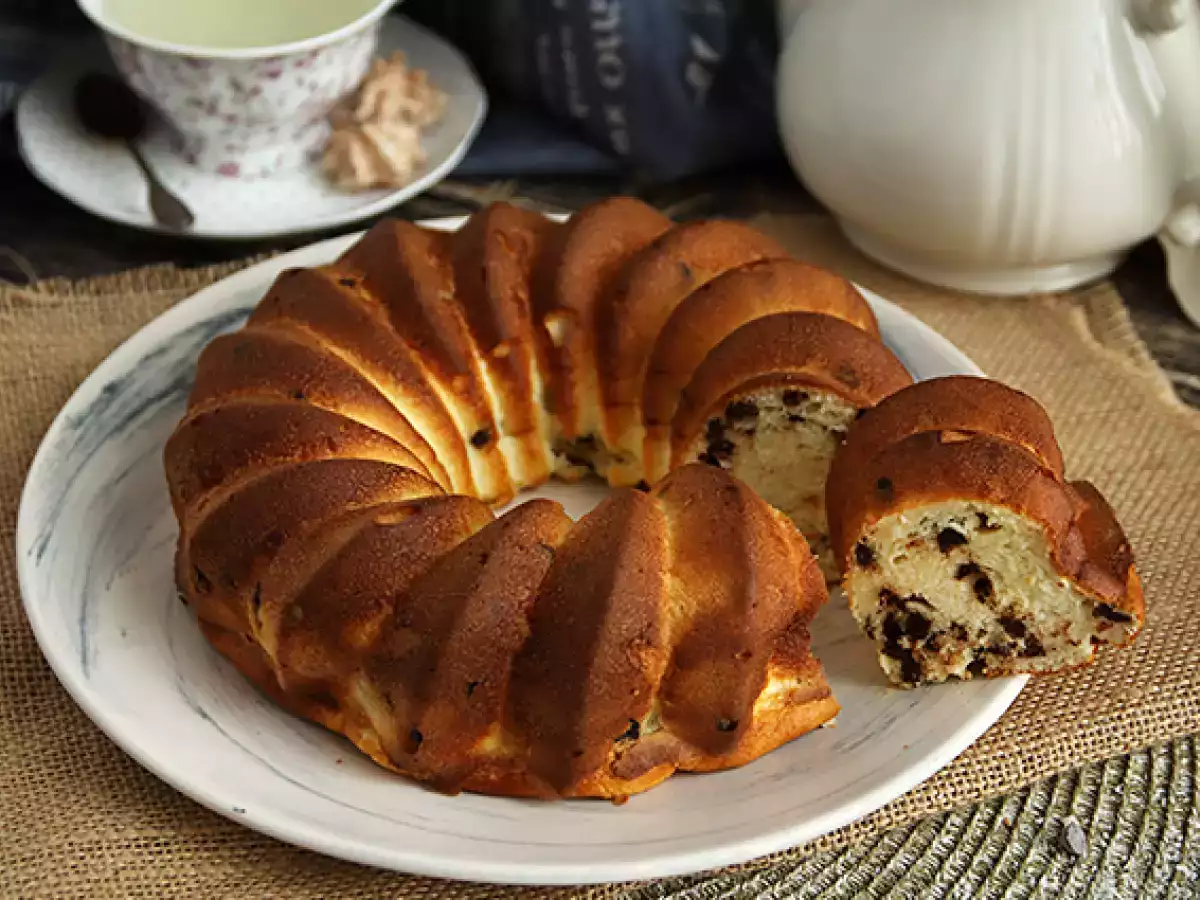
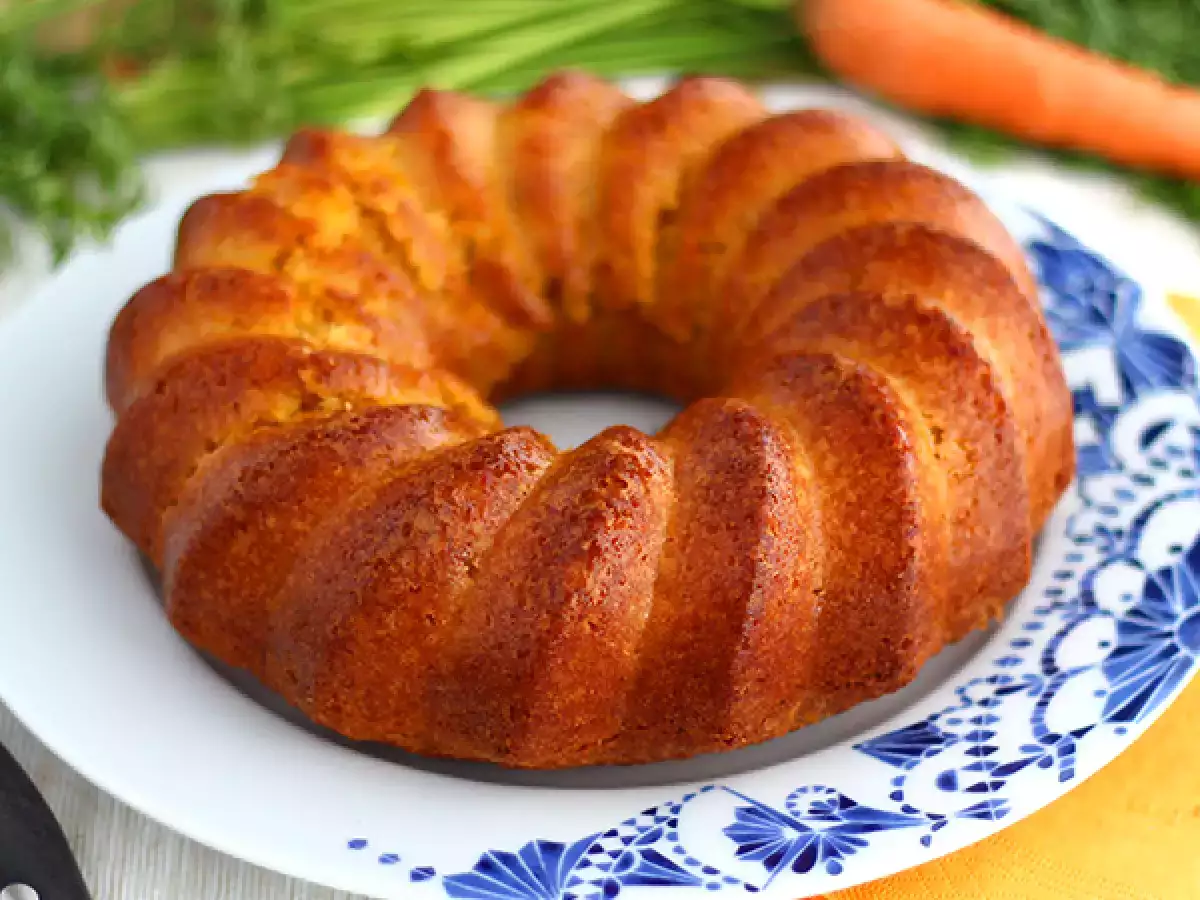
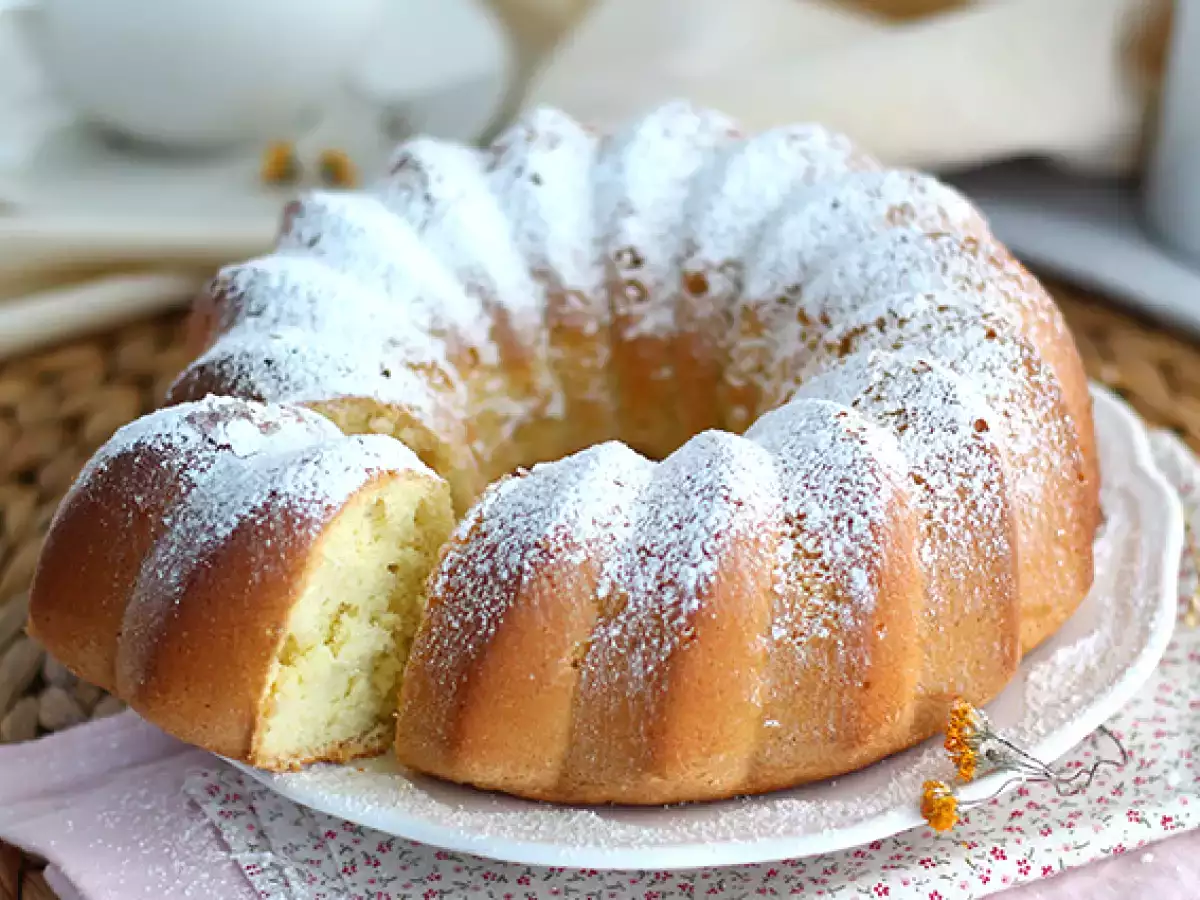
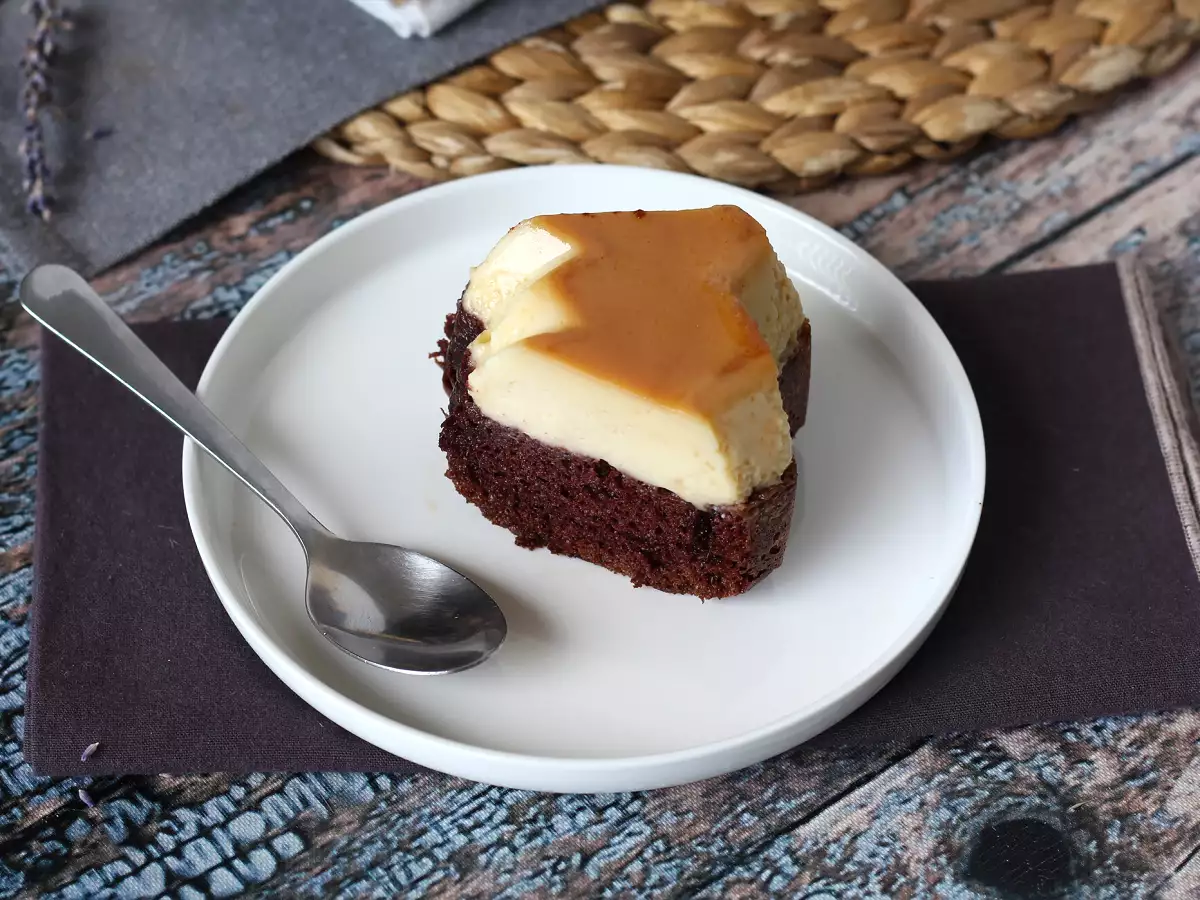
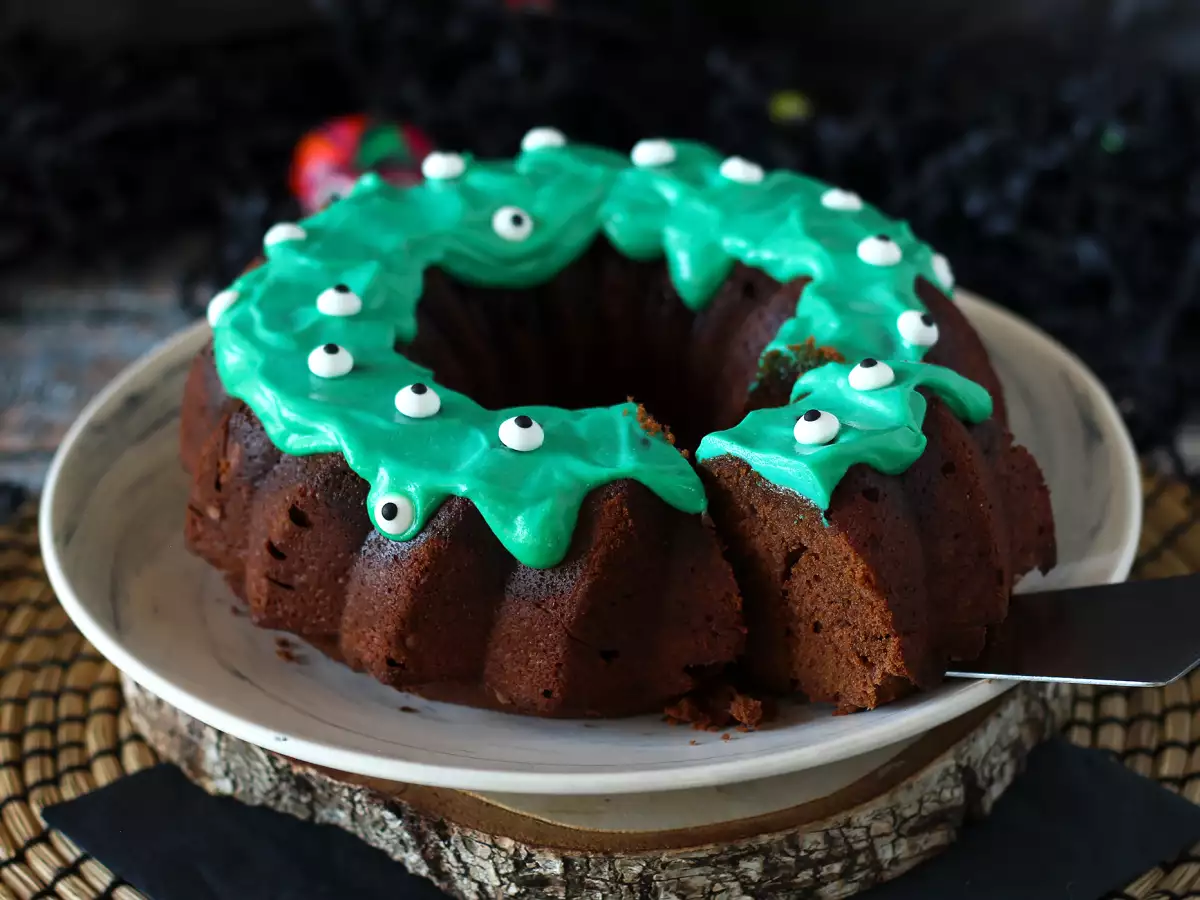

Comments